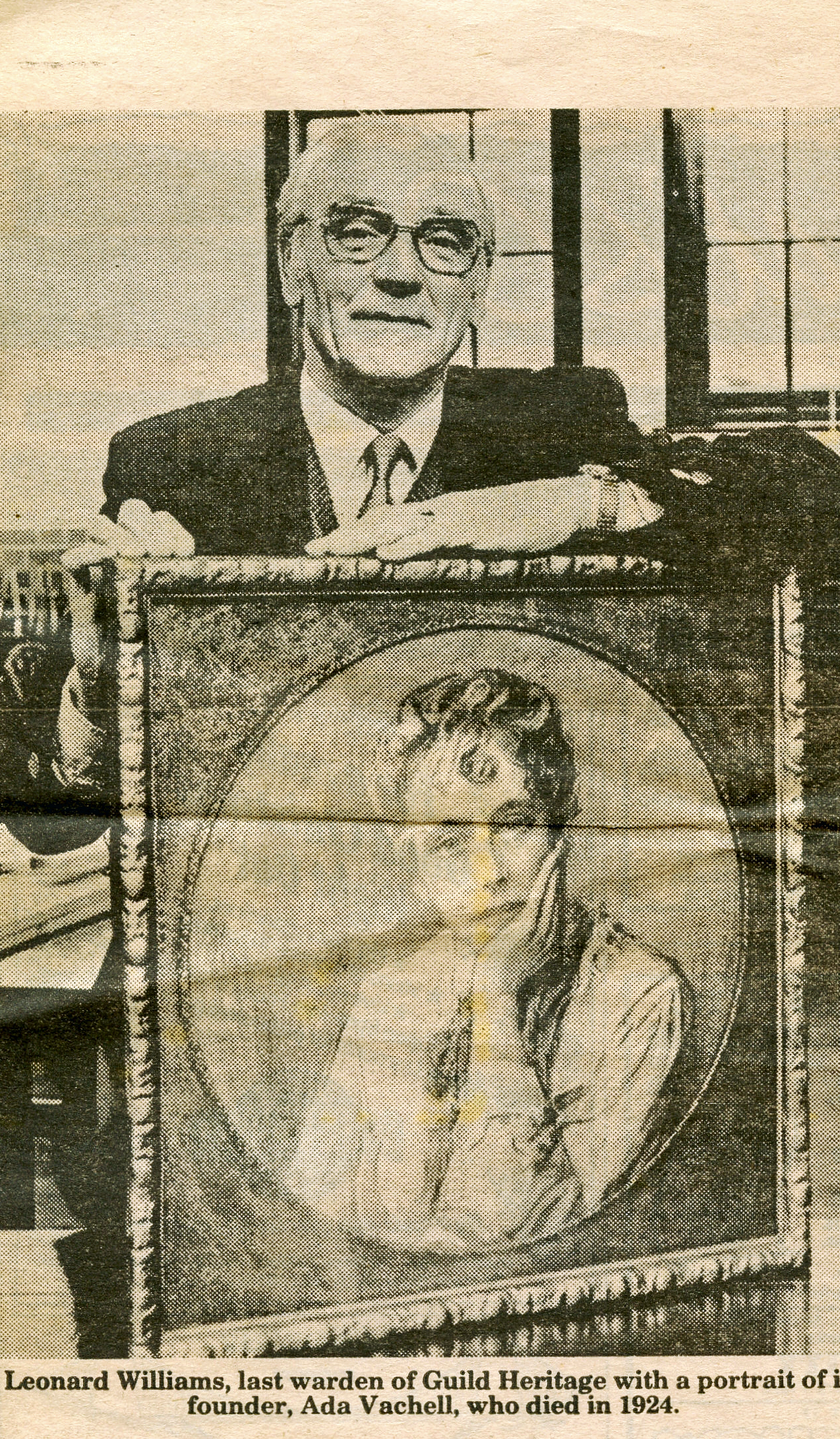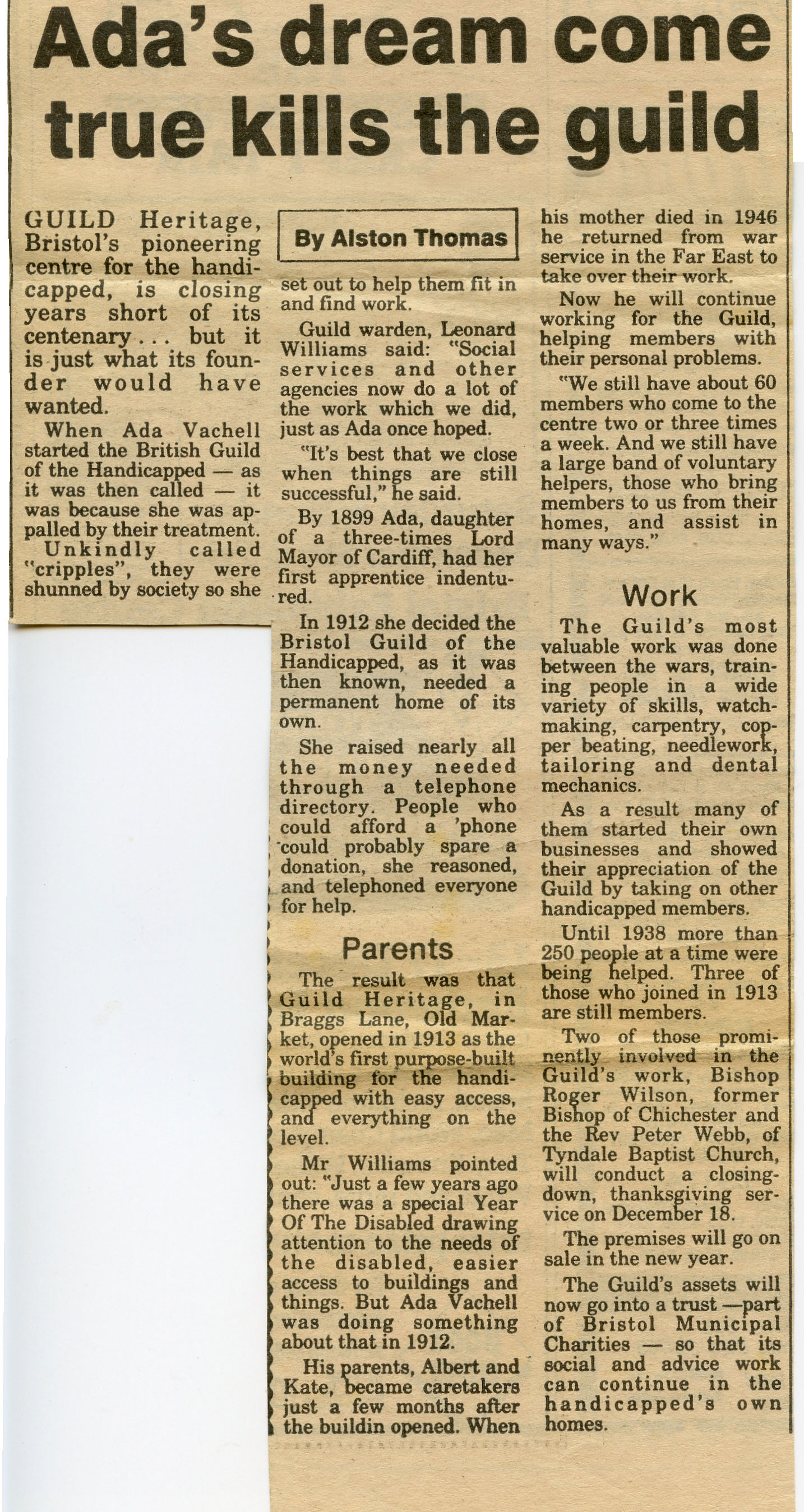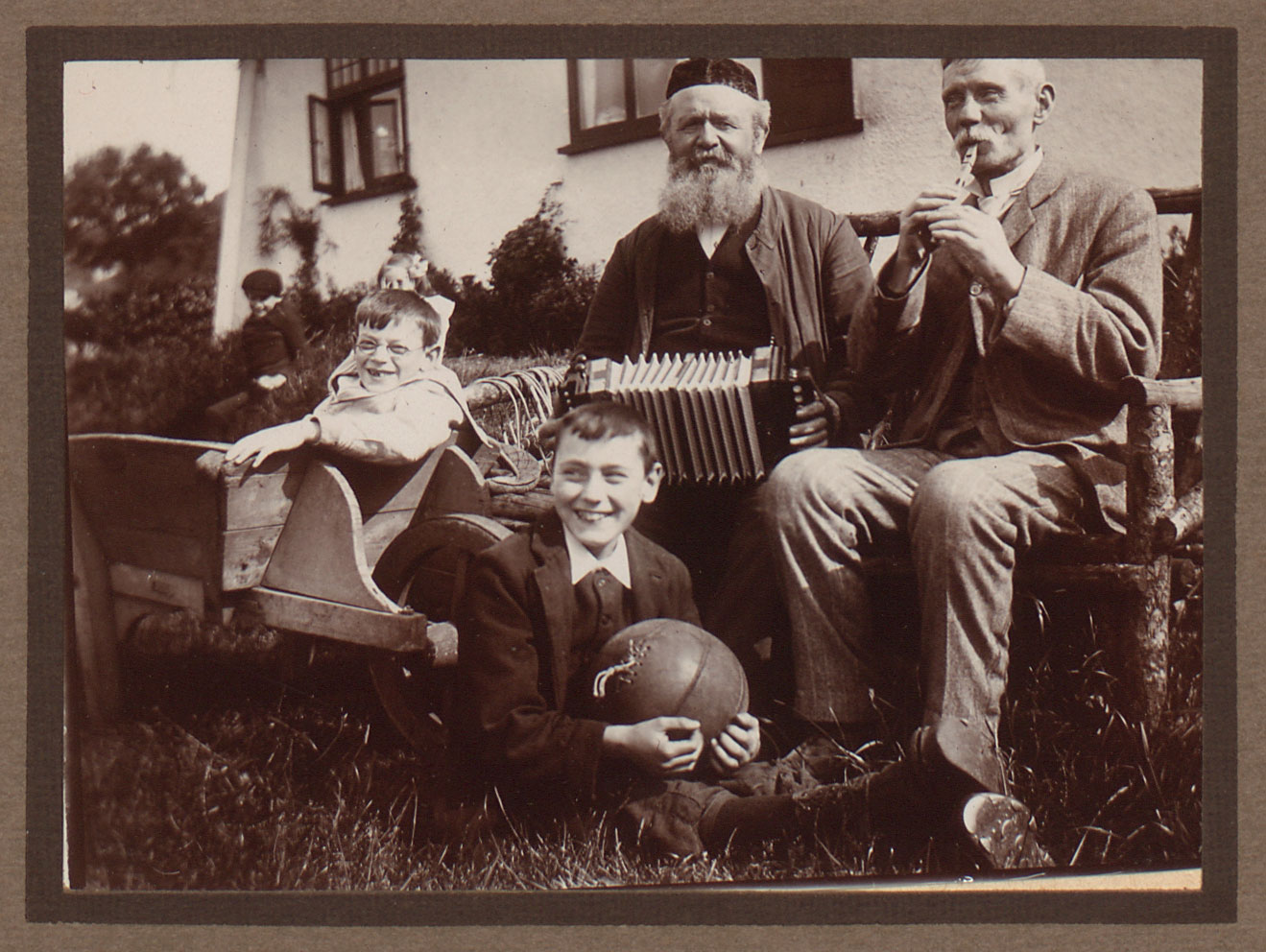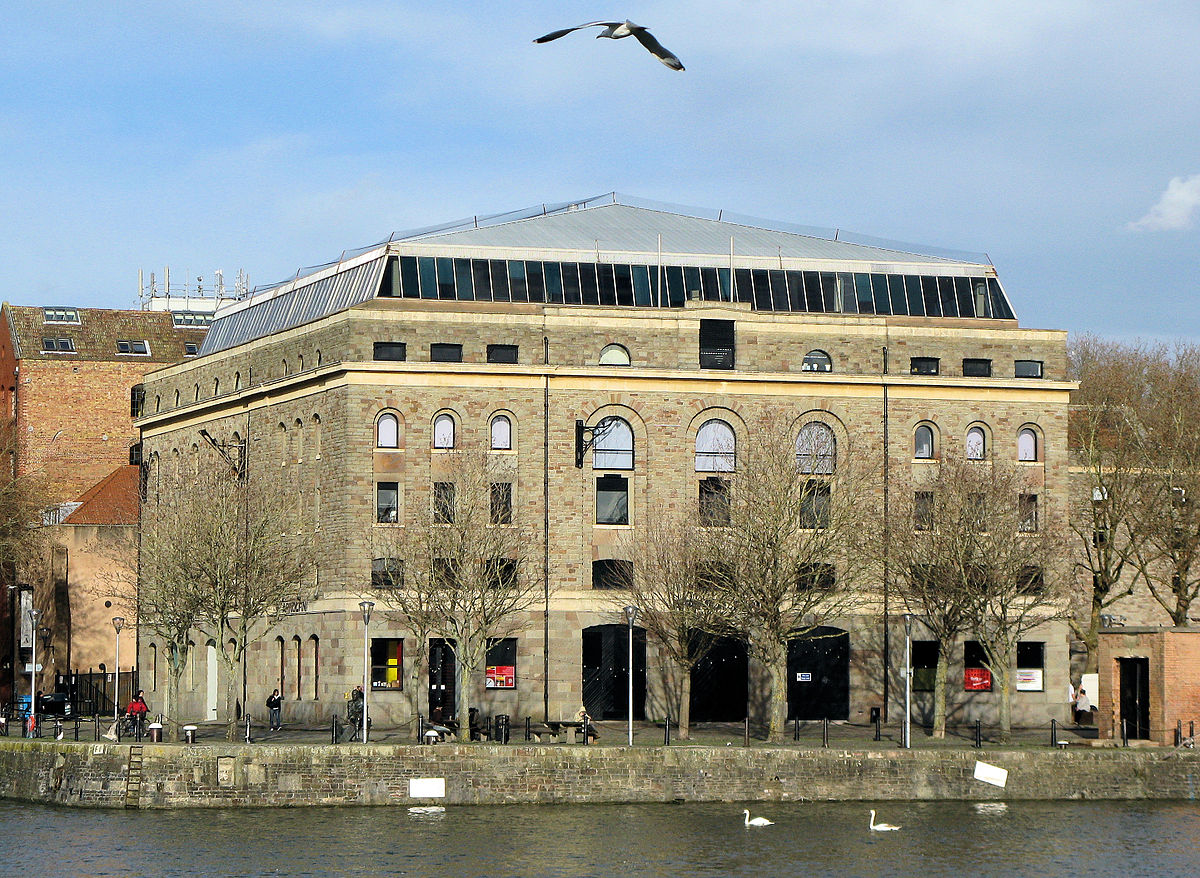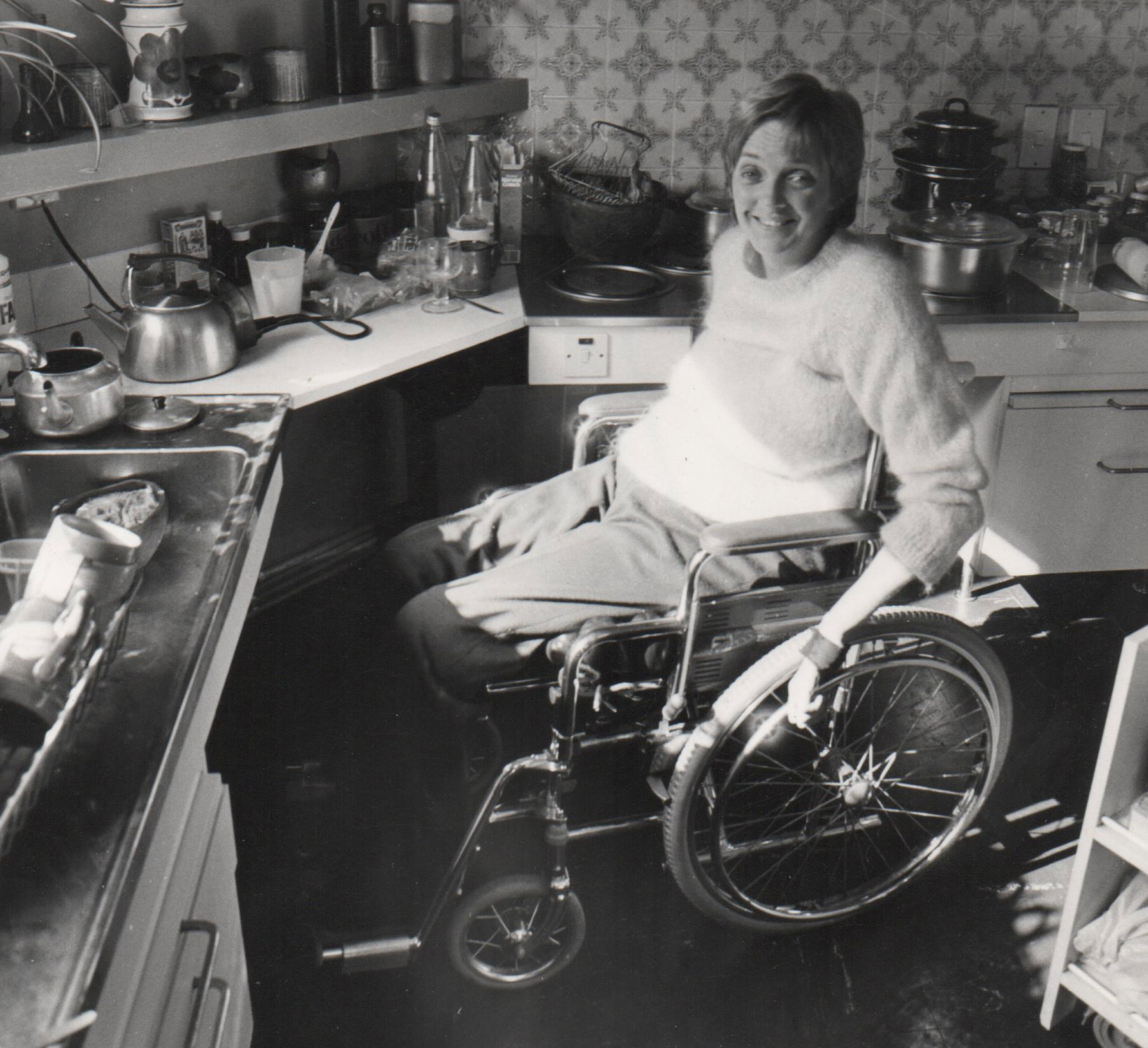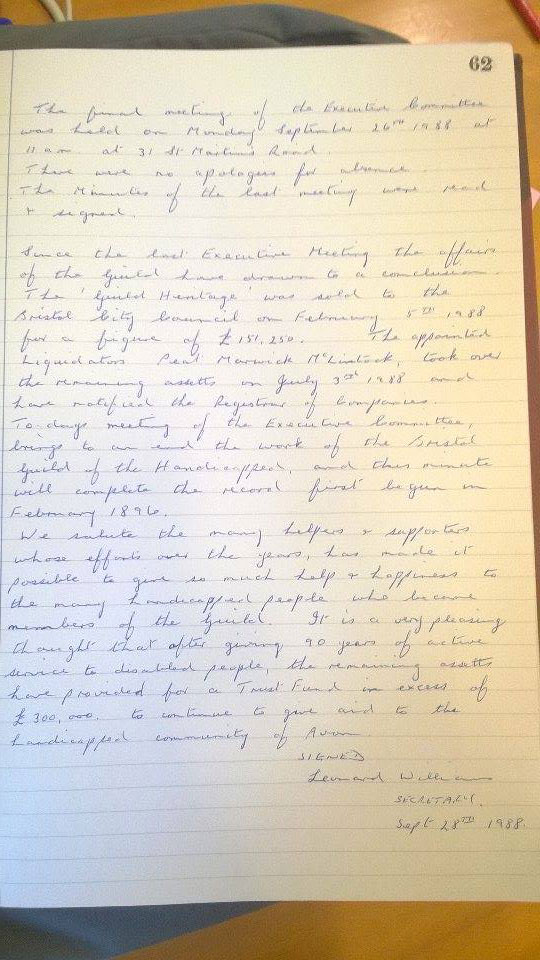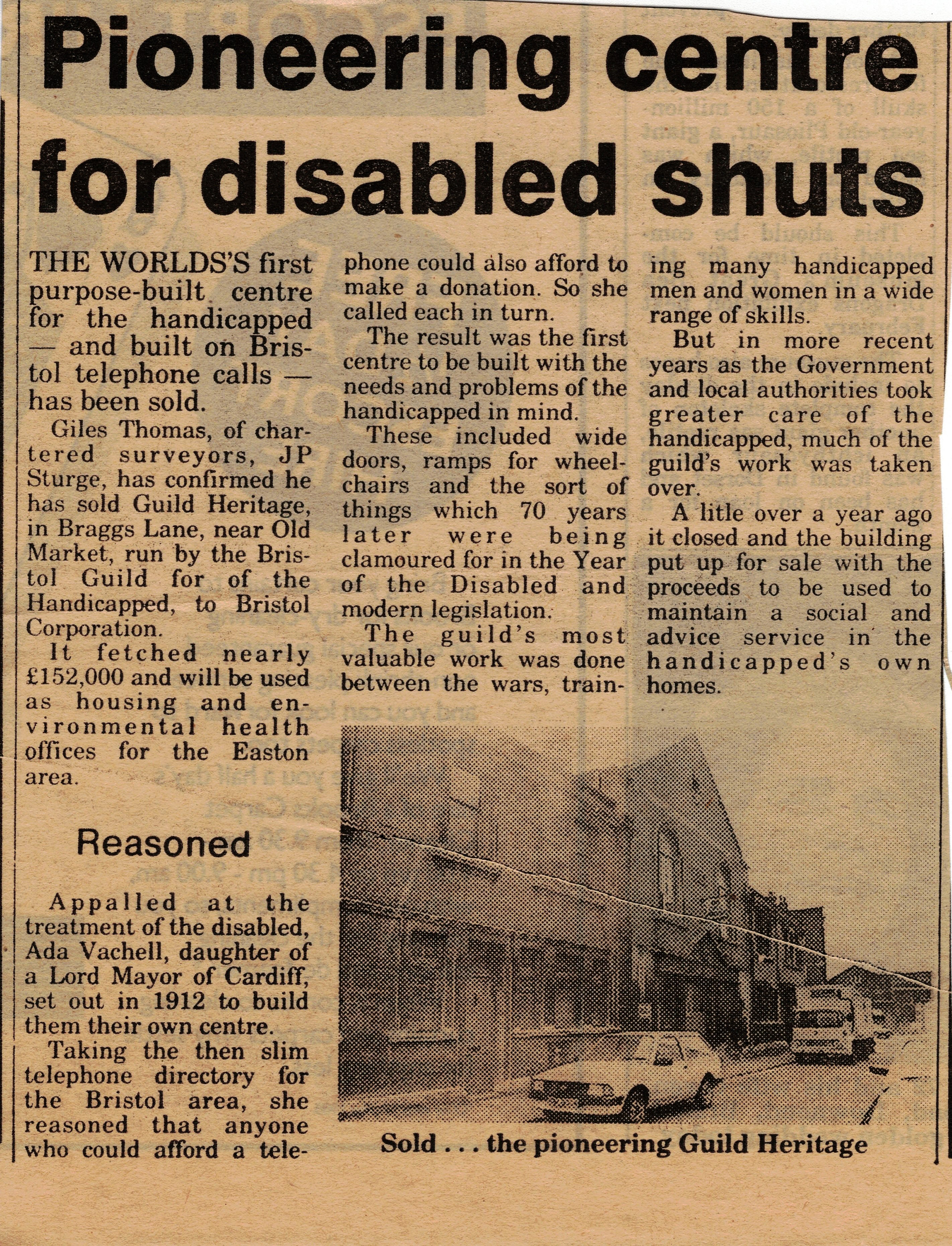Ada Vachell’s Guild for in Bristol created an essential space for disabled people when there was little other provision. It flourished for more than a century. However, by the late 1980s the Guild Heritage building was sold, and the trust wound up. What changed in the structures supporting disabled people, and how did the Guild’s ethos lose step with the times?
##cut##""
There were positive reasons for the closure, which was the main tack taken by the Bristol Post as it announced that the Guild Heritage building would close in 1988. Guild warden Leonard Williams is quoted as saying “social services and other agencies now do a lot of the work we did, just as Ada once hoped.”
Eighties newspaper coverage also rightly underlines just how far ahead of the times Ada Vachell was in 1912 when she commissioned an accessible building for the Guild, described in the Post as ‘the world’s first purpose-built building for the handicapped’. Leonard Williams adds “Just a few years ago (1981) there was a special Year Of The Disabled, drawing attention to the needs of the disabled, easier access to buildings and things. But Ada Vachell was doing someting about that in 1912.”
However, by the early 1970s, older members of the Guild’s committee were retiring or dying, and not being replaced by a younger generation.
##cut##{"backgroundcolor":"Default","fontcolor":"#000000"}
On February 1st 1971, the Churchill Holiday home closed, as it was becoming too expensive to keep open and its caretakers wished to retire. The Guild’s minutes record: ‘The Guild was told on Jan 14th of the retirement of Mr and Mrs Martin and subsequent closure of The Home, it was received with regret but understanding.’
The Guild was also not getting any ‘new blood’ in terms of users of its facilities. Young people were going to specialist schools and the need for a disability club and apprenticeship scheme was lessening. The weekly club evening meetings were not enough to keep the Guild going.
When the Guild was formed with its motto of ‘happy in my lot’ it was influenced by an attitude of Christian and Victorian resignation. The shift in 80s politics was exemplified when a group of disabled people protested outside the Arnolfini Gallery in Bristol because there was no disabled access.
The shift sometimes chimed in with patients’ and civil rights movements, and with right wing libertarian ideology – Enoch Powell was a major supporter.The number of charities for people with a wide range of impairments also grew.More on community care from the BBC.
The 1980s saw the rise of Care in the Community, particularly aimed at closing old psychiatric hospitals. The outcomes were mixed – from independent living, to people being ‘dumped’ with insufficient support.
A decade earlier, Ken and Maggie Davis were among the founders of the Independent Living Movement, which allowed them to live in their own home and make their own decisions about their lives.
The Guild’s minutes suggest it was aware that it had its roots in a Victorian religious ideology which was passing in favour of new ideas in a more secular society.
##cut##{"backgroundcolor":"Default","fontcolor":"#000000"}
Turning from the material to the spiritual, who could carry on in the same tradition who had not been brought up in this tradition. It was therefore felt that Guild as now known, should close in 1988.
After the sale of the Guild building, the proceeds were used to set up a ‘social and advice service in the handicapped’s own homes’. A trust fund continued in the Guild’s name.
Further reading
More on the Bristol Guild
Find out more about the Guild at our October exhibition










